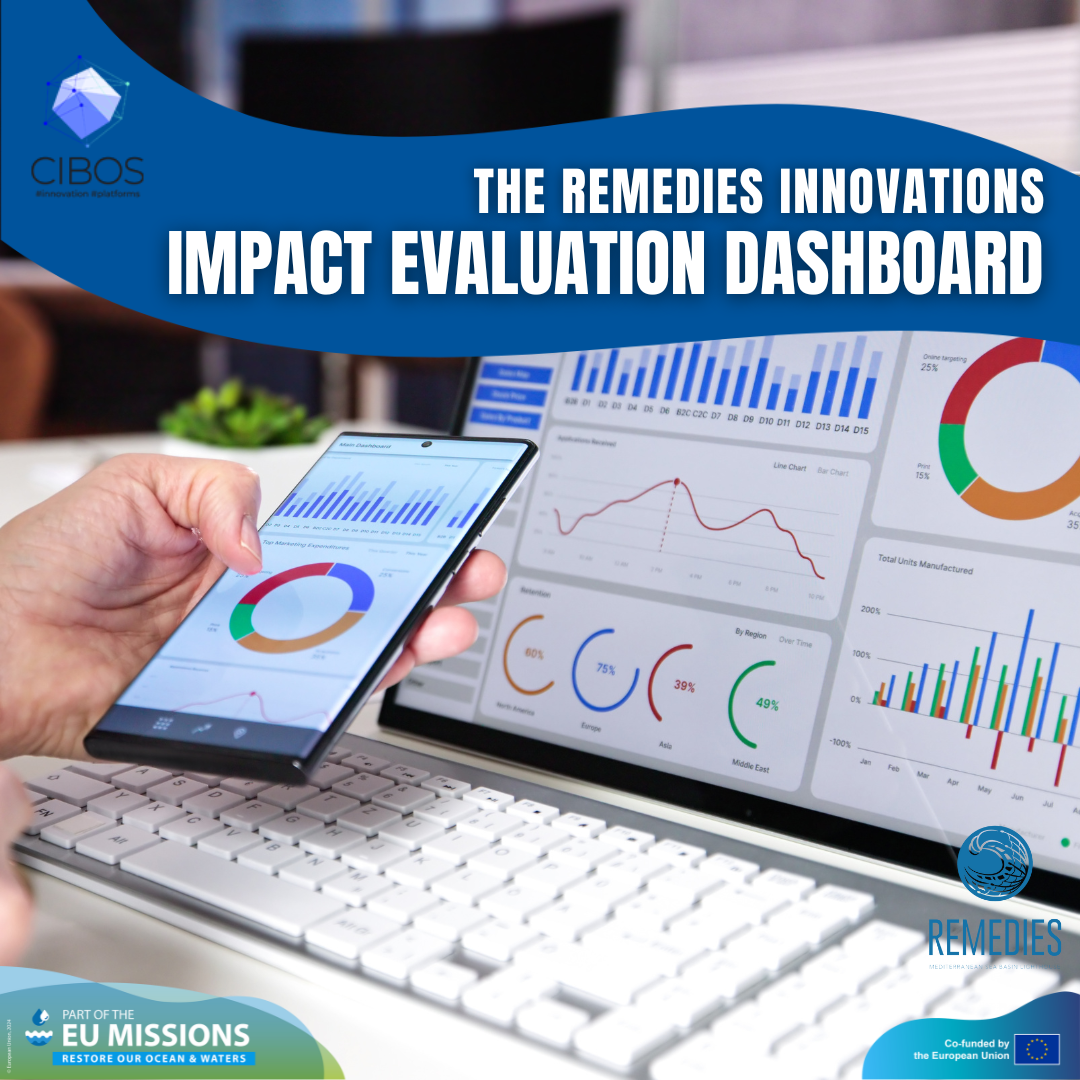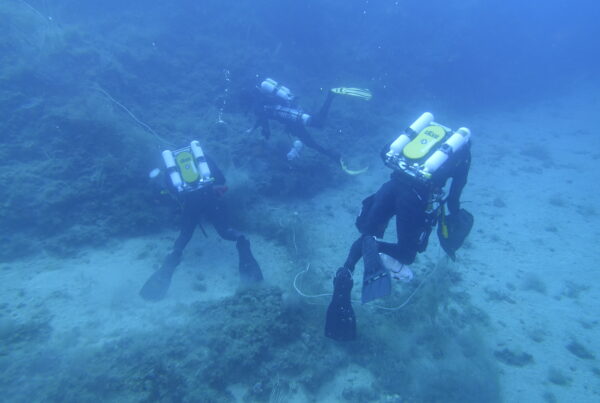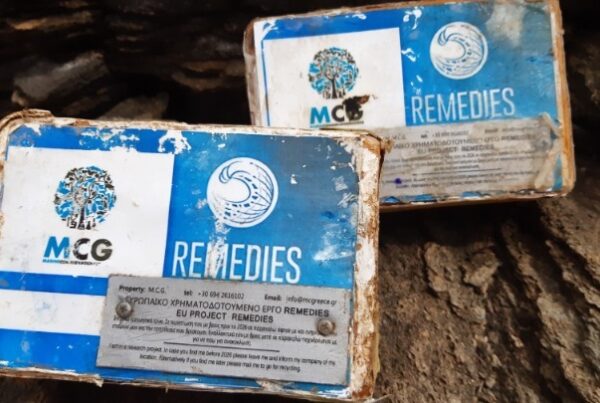
A powerful digital tool designed to track and assess the effectiveness of efforts to reduce marine plastic pollution
Related REMEDIES Pillars: Detection & Monitoring, Collection & Valorisation, Prevention & Zero-Waste Solutions
Partner(s)/Owner(s): CIBOS, in collaboration with Infordata Sistemi, Venice Lagoon Plastic Free, Mohammed Premier University, and University of Maribor
Made for: Environmental NGOs, local authorities, citizen scientists, research institutions, policymakers, and industry stakeholders
What is the Impact Evaluation Dashboard?
The Impact Evaluation Dashboard is a powerful digital tool designed to track and assess the effectiveness of efforts to reduce marine plastic pollution. Developed as part of the REMEDIES project, it collects and visualizes data from multiple sources, such as beach clean-ups, drone surveillance, and monitoring devices, providing real-data insights into intervention outcomes.
By integrating scientific data with user-friendly visualizations, the dashboard helps researchers, policymakers, and environmental organizations measure progress, identify trends, and make informed decisions, and assess the long-term impact of pollution prevention and cleanup initiatives.
One of its key strengths is adaptability; new data sources and user feedback continuously refine its capabilities, ensuring it remains relevant as the project evolves. With its focus on transparency, data-driven decision-making, and environmental impact assessment, the Impact Evaluation Dashboard plays a crucial role in supporting sustainable solutions for cleaner oceans.
By advancing from Technology Readiness Level (TRL) 6 to TRL 8 by the end of 2026, the platform will become fully operational and scalable for diverse environments, ensuring its readiness for large-scale deployment.
Impact: What Challenges Does This Technology Address?
The Impact Evaluation Dashboard addresses several key challenges in assessing and managing efforts to reduce marine plastic pollution. One of the primary issues it tackles is the fragmentation of data across different monitoring activities. By integrating information from beach clean-ups, drones and tracking devices, the dashboard provides a centralized platform for evaluating interventions in real time.
Another challenge it overcomes is the lack of standardized impact assessment. Many environmental initiatives struggle to measure the effectiveness of their actions due to inconsistent methodologies. The dashboard ensures uniform data collection and analysis, allowing for comparability across different locations and interventions.
Additionally, the dashboard supports scalability and long-term impact tracking, ensuring that successful interventions can be replicated in other regions. By continuously integrating new data and incorporating stakeholder feedback, it provides an evolving, adaptable solution to the pressing challenge of marine plastic pollution.
The Impact Evaluation Dashboard supports REMEDIES’ three pillars by integrating real-time monitoring data, optimizing collection efforts through impact assessment, and aiding prevention by analyzing trends and policy outcomes. It ensures data-driven decision-making for effective marine plastic pollution reduction. Discover more about the three REMEDIES pillars here: Detection and Monitoring, Collection and Valorisation, and Prevention and Zero-Waste Solutions.
Unique Value Proposition: What Makes This Technology Stand Out?
What makes this technology truly unique is its ability to adapt and evolve. As new data sources become available and user feedback is incorporated, the dashboard continuously improves, ensuring it remains a reliable and scalable solution. By combining scientific accuracy, accessibility, and advanced analytics, it provides a powerful, data-driven approach towards informed decision making to protect our oceans.
The Impact Evaluation Dashboard also offers a range of distinctive features and capabilities:
- User-Centric Design: Intuitive visualization tools make complex data comprehensible and actionable for a broad audience.
- Scalability and Adaptability: The modular architecture supports easy integration with additional technologies and expands applicability across various marine environments.
- Technical Features:
- Robust React-based web framework ensures scalability.
- REST APIs allow seamless third-party data integration.
- Advanced security measures, including encryption and GDPR compliance, safeguard data privacy.
- Interactive graphs and dashboards facilitate intuitive data exploration.
By combining scientific accuracy, accessibility, and advanced analytics, it provides a powerful, data-driven approach to protecting our oceans.
User: Who Can Benefit from This Technology?
The Impact Evaluation Dashboard caters to a wide range of stakeholders dedicated to environmental preservation and sustainability. Environmental NGOs can leverage the platform to amplify their advocacy efforts with accurate, real-time data. Local authorities benefit from a comprehensive tool to manage marine litter efficiently and engage communities in cleanup campaigns. Citizen scientists can actively participate in data collection, fostering grassroots involvement in environmental monitoring. Research institutions gain access to reliable datasets for scientific studies, while policymakers can rely on the platform’s insights to design evidence-based strategies and regulations. Additionally, industry stakeholders can align their operations with sustainability goals by identifying pollution hotspots and mitigating waste.
Exploitation Pathway: How Will This Technology Be Put Into Action?
The Impact Evaluation Dashboard will be deployed as a central tool for assessing the effectiveness of marine plastic pollution interventions within the REMEDIES project and beyond. Initially, it will be integrated into project activities, allowing researchers, policymakers, and environmental organizations to track and analyze data from clean-ups, and prevention initiatives. Key stakeholders will be trained on its functionalities to ensure widespread adoption and effective use in decision-making.
The Dashboard will be gradually opened to the public through a phased approach to ensure accessibility and user engagement. Initially access will be limited to project partners and key stakeholders to refine functionality and optimize usability. As the platform matures, aggregated and anonymized data will be made publicly available, allowing wider audiences to explore insights on litter pollution trends. A high-level plan to achieve this includes conducting webinars with external users to assist them in familiarizing with utilization of the platform. Ultimately, a public-facing version will be launched, ensuring transparency and empowering citizens, researchers, and policymakers with data-driven insights for environmental action.
The exploitation pathway pillars for the Impact Evaluation Dashboard are:
- Collaborative Research: Joint workshops with stakeholders to enhance functionality and adapt the platform to specific needs.
- Capacity Building: Offering training sessions to empower both internal and external users to leverage the platform effectively.
Discover More
Learn more about CIBOS, a leading REMEDIES program partner, here.
Have a walk through the Impact Evaluation Dashboard here.
Stay tuned!
Explore the Marketplace Page for the Impact Evaluation Dashboard, here!
Watch the Technology Presentation of YouTube – available soon!




